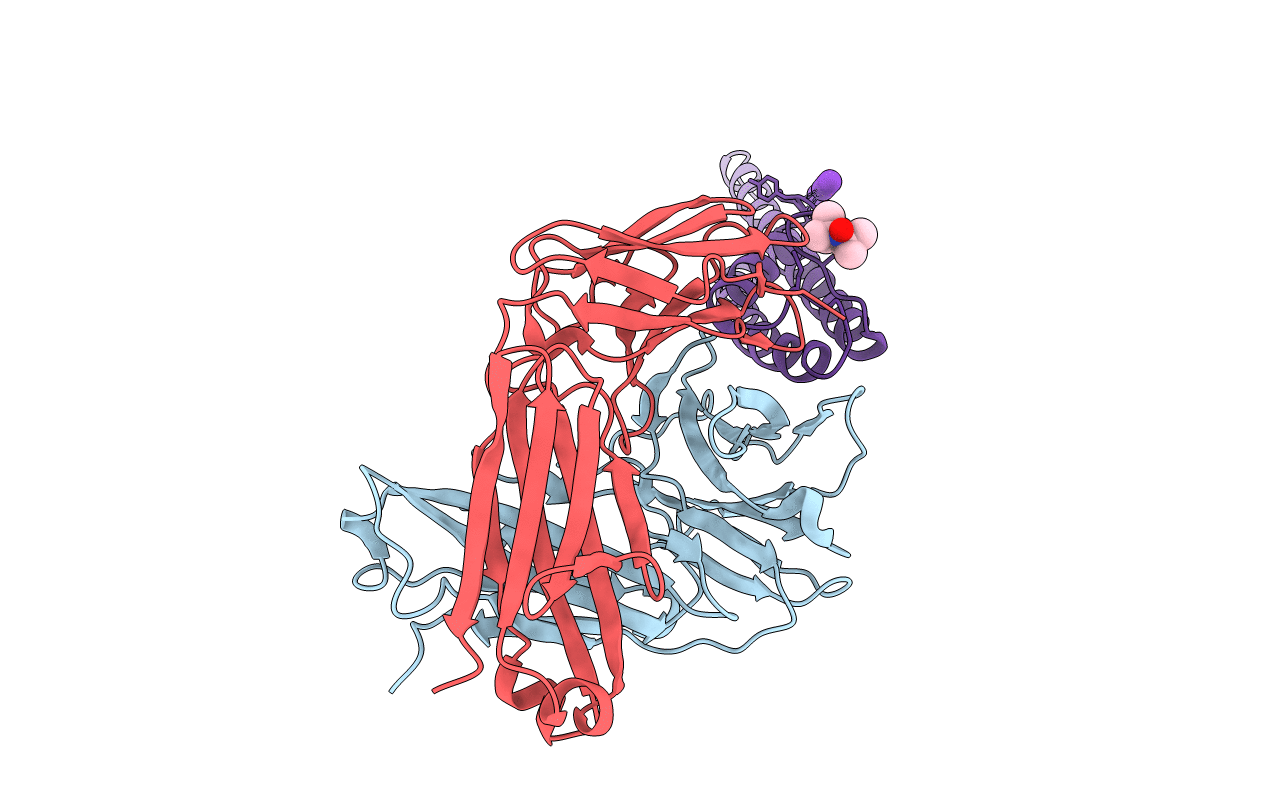
Deposition Date
2011-07-11
Release Date
2012-04-18
Last Version Date
2024-11-20
Entry Detail
PDB ID:
3STZ
Keywords:
Title:
KcsA potassium channel mutant Y82C with nitroxide spin label
Biological Source:
Source Organism:
Streptomyces lividans (Taxon ID: 1916)
Mus musculus (Taxon ID: 10090)
Mus musculus (Taxon ID: 10090)
Host Organism:
Method Details:
Experimental Method:
Resolution:
2.50 Å
R-Value Free:
0.28
R-Value Work:
0.24
Space Group:
I 4


